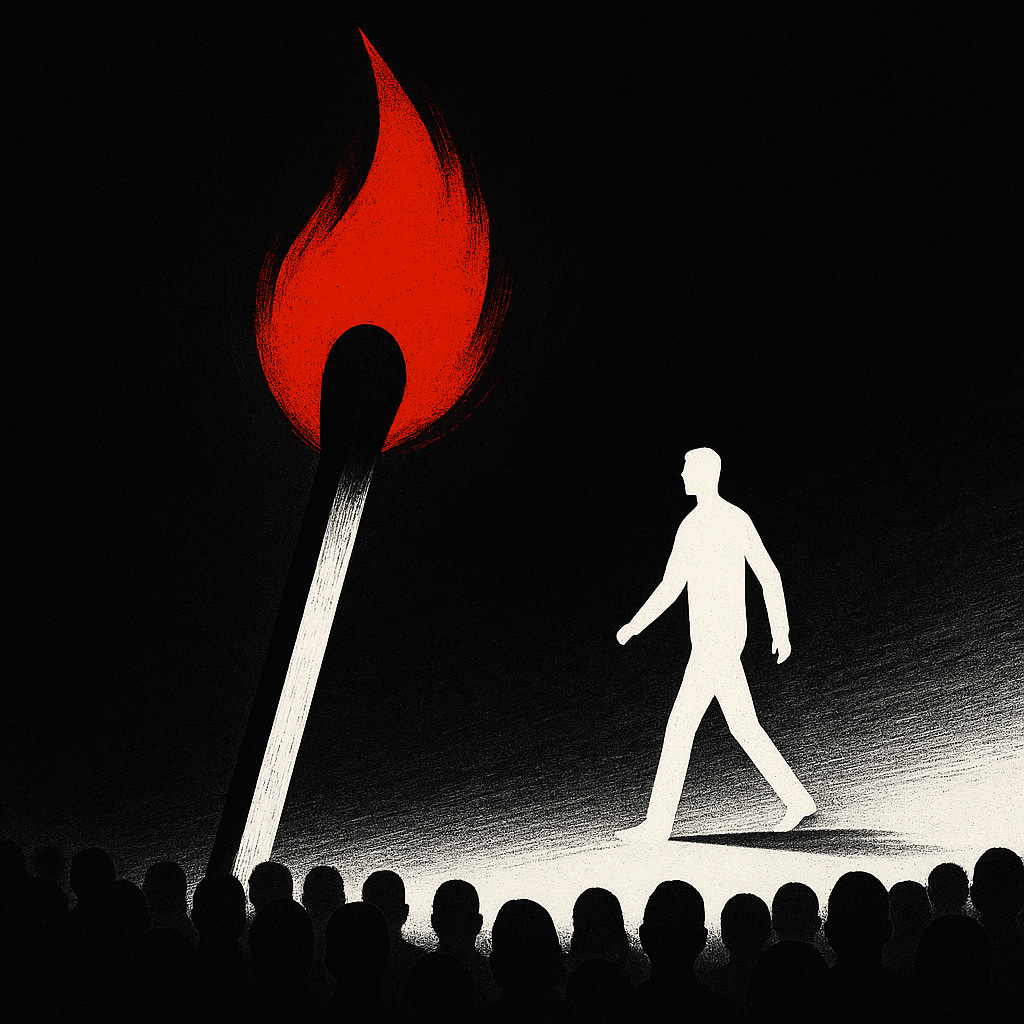A welcome sequence is like a first date.
If you show up stiff, ramble about yourself for an hour, and then ask the other person to marry you… don’t be surprised when they ghost you.
Picture it: you shake hands, launch into your entire backstory, drop your LinkedIn résumé, and then end with three different asks: “order food, take a walk, maybe get married.”
That’s exactly how most businesses write their emails.
Here’s what usually happens:
Trying to sound “professional” → which usually means robotic.
Dragging on for 4–5 paragraphs before making a point.
Throwing in too many CTAs, which just confuses the reader.
And it’s not because founders don’t care. It’s because they care too much. They want to impress, so they smother.
No wonder most subscribers disappear before you’ve even said hello.
The truth
A welcome sequence isn’t busywork.
It’s the handshake.
The first impression.
The moment where someone decides: “I’ll stick around with this brand”… or I won’t.
Do it right, and people lean in. They trust you. They want more.
So how do you write a welcome sequence that doesn’t suck?
Sound human.
Write like you’re texting a friend, not pitching a Shark Tank panel.Get to the point.
Hook fast. Nobody signed up to read your life story—yet.One clear next step.
Every email should guide the reader forward with one simple CTA.
❌ Bad: “Check out our blog, follow us, reply here.”
✅ Better: “Hit reply and tell me your #1 challenge.”
I’ve seen this again and again: the shorter, simpler emails win. Not because they’re fancy, but because they’re easy to read and act on. Readers know exactly what to do.
Quick challenge for you
Think about the last welcome email you got. Did it make you want to read more—or did you click away? (Hit reply and let me know.)
That’s it. Simple. Clean. Human.
👉 And here’s the best part: you don’t need to write this from scratch.
I’ve put together a $99 Welcome Sequence Pack—5 plug-and-play emails you can drop straight into your autoresponder.
It drops soon. Keep an eye out.



